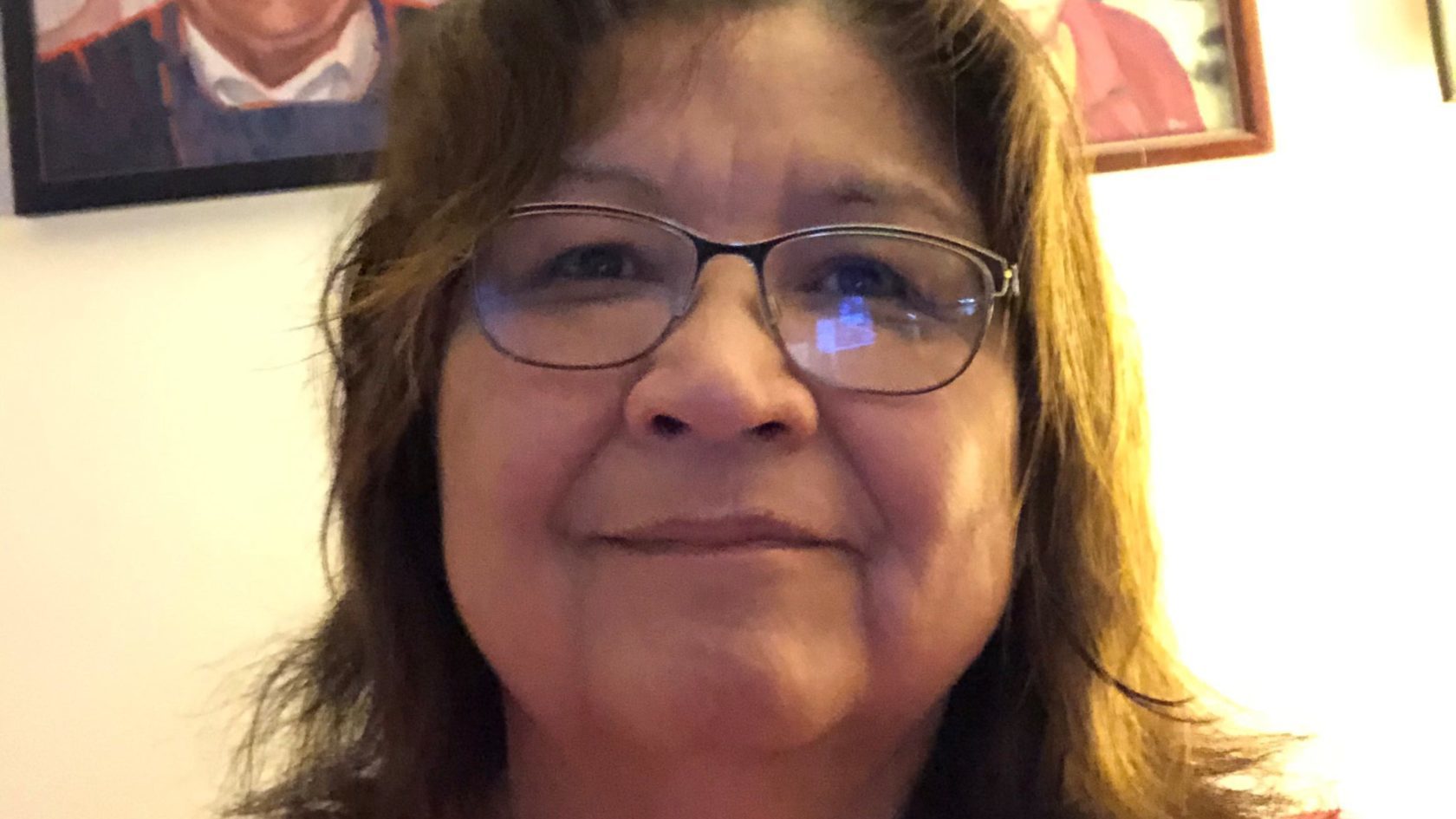Bonnie George was able to get an up close look at how the Coastal GasLink project would benefit her northwestern B.C. First Nation, as well as other Indigenous communities along the 670-kilometre pipeline.
A member of the Witset First Nation near Smithers, George represented the company in negotiations with Indigenous-led businesses on the mega-project, which will connect the abundant natural gas supply in northeast B.C. to the $18-billion LNG Canada coastal export terminal being built in Kitimat.
The Witset First Nation, with an on-reserve population of 660 and another 1,130 members living off-reserve, is one of the five Wet’suwet’en First Nations who have signed agreements with Coastal GasLink. George believes the groundwork done by the company paved the way for building strong relationships with its Indigenous partners.
“By working for CGL I was able to see how the company operated in getting to know the First Nations and how the company responded to input from all of the members – not just the leadership, but all grassroots members of the nations,” she says.
“CGL had community meetings that shared information with all members, because nations [like Witset] make collective decisions with community, not just with one [elected] leader or hereditary leader – it is our collective decision that matters.”
According to TC Energy, so far $870-million worth of contracting and employment has been awarded to Indigenous and local companies for CGL construction across northern B.C., which George had a hand in delivering as a member of Coastal GasLink’s Indigenous procurement team from 2013 to 2016.
When the project was announced in 2012, LNG Canada was one of several projects that were proposed for the B.C. coast. Over the last eight years, major projects including the $36-billion Pacific Northwest LNG project, the $28-billion Aurora LNG project, and the $25-billion West Coast Canada LNG project have been cancelled. Coastal GasLink and LNG Canada are bright spots representing hope for prosperity in the region.
Opportunities to work on the project have been available to Indigenous communities since its launch, creating opportunities in environmental monitoring, right-of-way preparation, medical and security services, and also with CGL itself to help inform how to best administer these opportunities across the 20 First Nations whose territory the pipeline crosses.
Benefit agreements have been signed with the elected councils of each of these 20 First Nations.
The lasting benefits the Wet’suwet’en people are expected to receive are what George is most excited about. She sees it today, where many members of her community at work on the project are already experiencing an improved quality of life.
“CGL is going to move our people from poverty, but it is more than that. It is building the confidence of our people by providing them with work opportunities to provide for their families and address social issues on reserve,” George says.
“Employment on CGL allows fathers to be fathers and mothers to be mothers in providing for their children without having to be dependent on a system.”
